Imagine having a bountiful supply of fresh and aromatic leaf celery right in your own vegetable garden. The rich and peppery taste of celery leaves can elevate your recipes to new heights, adding a burst of freshness to salads, soups, and more. Whether you’re a seasoned gardener or just starting out, growing leaf celery is a rewarding and surprisingly simple endeavor.
In this article, I will share valuable tips and growing advice to help you cultivate vibrant leaf celery plants that will thrive in your vegetable garden. From soil preparation to harvesting and storage, I’ve got you covered with all the information you need to embark on a successful leaf celery journey. So let’s dive in and discover the secrets of growing this herbaceous delight!
Key Takeaways:
- Leaf celery is a flavorsome herb that can be grown in your own vegetable garden.
- Growing leaf celery is easier than you might think, even for beginners.
- Leaf celery adds a fresh and peppery dimension to various culinary dishes.
- We will guide you through every step of the leaf celery growing process, from soil preparation to harvesting and storage.
- With our tips and tricks, you’ll soon be enjoying the taste and aroma of homegrown leaf celery in your favorite recipes.
About Leaf Celery
Leaf celery, also known as Apium graveolens, is a culinary herb that belongs to the same family as other popular herbs like parsley and dill. It is a leafy green vegetable that is prized for its strong and peppery flavor. Leaf celery can be grown in both gardens and containers, making it a versatile choice for home gardeners.
Key Features of Leaf Celery
- Scientific name: Apium graveolens
- Common names: Leaf celery, culinary herb
- Taste profile: Strong and peppery flavor
- Type: Leafy green vegetable
- Growth options: Suitable for both gardens and containers
Leaf celery, with its intense flavor and vibrant green leaves, adds depth and pizzazz to a wide range of dishes. Whether you’re looking to enhance the taste of soups, stews, salads, or stir-fries, this versatile herb can elevate your culinary creations.
I love using leaf celery in my homemade vegetable soups. Its robust flavor adds a delightful kick to the broth, making every spoonful a taste sensation.
The Versatility of Leaf Celery
Leaf celery can be enjoyed in various ways:
- As a seasoning: Finely chop the leaves and sprinkle them over your favorite dishes to infuse them with a distinctive flavor.
- In salads: Add fresh leaf celery leaves to your green salads for an extra burst of taste and texture.
- In soups and stews: Simmer the leaves in your homemade broths or stews to enhance the overall flavor.
- In stir-fries: Toss leaf celery leaves into your stir-fried vegetables or protein for a delicious twist.
Experiment with leaf celery in your kitchen and explore the many ways it can enhance your culinary creations. Its versatility and distinct flavor are sure to impress both your family and friends.
| Benefits | Usage |
|---|---|
| Rich in vitamins and minerals | Use as a garnish or seasoning |
| Contains antioxidants | Add to salads for added nutrition |
| May have anti-inflammatory properties | Incorporate into soups and stews |
Recommended Celery Varieties
When it comes to growing celery, choosing the right variety is crucial. Opting for celery varieties that remain green when they are ready for harvest ensures that you’ll have vibrant and flavorful stalks to enjoy. Two highly recommended celery varieties are Utah and Pascal, both renowned for their exceptional quality.
The Utah celery variety is known for its crisp texture and mild flavor. It produces long, slender stalks that are perfect for snacking or incorporating into your favorite dishes. Utah celery is a popular choice among home gardeners due to its reliability and adaptability. Whether you’re growing it in a backyard garden or a container, Utah celery is sure to thrive.
Pascal celery, on the other hand, is recognized for its robust flavor and versatility in the kitchen. This variety boasts thick and succulent stalks with a slightly salty taste. Pascal celery is excellent for use in soups, stews, salads, and as a flavorful garnish. Its crunchy texture adds a delightful element to a variety of recipes.
“Utah and Pascal celery are two exceptional varieties that deliver on taste and texture. Whether you prefer the mild and slim stalks of Utah or the robust and thick stalks of Pascal, both varieties are sure to elevate your culinary creations.”
When it comes to growing celery that is both flavorful and visually appealing, Utah and Pascal are the go-to varieties. Their crunchy stalks and mild, salty taste make them a favorite among celery enthusiasts. So make sure to include these recommended celery varieties in your garden for a bountiful harvest of delicious and vibrant green stalks.
| Celery Variety | Characteristics |
|---|---|
| Utah | Long, slender stalks Mild flavor Adaptable to various growing conditions |
| Pascal | Thick and succulent stalks Robust flavor with a slight saltiness Versatile for use in various dishes |
Soil Preparation for Growing Celery
Growing celery successfully starts with proper soil preparation. Celery thrives in fertile, well-drained soil with plenty of organic matter. By ensuring that your garden soil provides the ideal environment for celery growth, you can maximize your yield and harvest. Here are some essential tips for preparing the soil:
- Improve soil fertility: Before planting celery, add compost or well-rotted organic matter to the soil. This helps improve soil structure and fertility, providing the necessary nutrients for robust celery growth.
- Test the soil: Conduct a soil test to determine the nutrient levels and pH of your soil. This will help you identify if any additional fertilizer is needed and adjust accordingly.
- Choose the right fertilizer: When fertilizing celery, opt for a complete fertilizer with a high ratio of potassium (K). Potassium promotes healthy root development and overall plant growth.
Remember to follow the manufacturer’s instructions when applying fertilizer to avoid overuse. It is crucial to strike a balance and not excessively fertilize your celery plants.
Proper soil preparation sets the foundation for healthy and productive celery plants. With fertile soil enriched with organic matter and the right balance of nutrients, your celery garden will thrive.
“Good soil preparation is key to successful celery cultivation. By improving soil fertility and providing the right nutrients, you create an ideal environment for robust growth and bountiful harvests.”
A picture of well-prepared soil ready for planting celery:
Planting and Spacing for Celery
When it comes to growing celery, transplanting is the preferred method over direct seeding. It’s important to select transplants with 3-4 mature leaves and a well-established root system before planting them in your garden. However, in regions with long growing seasons, you can also opt to directly plant celery in the garden and later transplant them once they have reached the appropriate size.
Proper spacing is key to ensure optimal growth and yield. To allow enough space for your celery plants to thrive, space the rows 2 feet apart, giving them ample room to spread out. Within each row, plant the celery plants 12 inches apart. This spacing allows for sufficient air circulation and prevents overcrowding, which can lead to diseases and hinder growth.
To give you a better idea of the recommended spacing for celery, refer to the table below:
| Plant Type | Spacing |
|---|---|
| Rows | 2 feet apart |
| Plants in the Row | 12 inches apart |
Tip: Proper spacing between celery plants allows for better air circulation, reducing the risk of diseases and ensuring healthy growth.
Watering and Fertilization for Celery
Adequate watering and fertilization are crucial for the successful production of celery. To ensure optimal growth and yield, celery plants require consistent hydration and essential nutrients. Here are some tips to help you effectively water and fertilize your celery:
Watering:
Celery has a shallow root system, making it important to provide sufficient moisture to the plant. Ideally, celery needs about 1 to 2 inches of water per week, which can be obtained from natural rainfall or through irrigation. To water your celery plants effectively:
- Water deeply: Instead of frequent, shallow watering, it is advisable to water the plants thoroughly. This promotes deep root penetration and ensures the entire root zone is hydrated.
- Monitor soil moisture: Regularly check the moisture level of the soil to determine when to water. The soil should be evenly moist but not waterlogged.
- Use a drip irrigation system: A drip irrigation system delivers water directly to the base of the plants, minimizing water loss through evaporation and reducing the risk of fungal diseases.
By following these watering techniques, you can help your celery plants thrive and develop crisp, flavorful stalks.
Fertilization:
Fertilizing celery with nitrogen-rich nutrients is essential for promoting vigorous growth and ensuring optimal yield. Here’s how to fertilize your celery plants:
- Prepare the soil: Before planting celery, incorporate organic matter such as compost or well-rotted manure into the soil. This helps improve soil fertility and nutrient availability.
- Side dress with fertilizer: Once your celery plants are established, apply a nitrogen-rich fertilizer along the sides of the rows. This provides the plants with the necessary nutrients for robust growth.
- Follow recommended application rates: Consult the fertilizer packaging for appropriate application rates and frequency. Avoid over-fertilizing, as it can lead to excessive foliage growth at the expense of stalk development.
Regular fertilization throughout the growing season will help ensure your celery plants receive the nutrients they need for healthy growth and optimal flavor.
Remember to monitor your celery plants closely for any signs of nutrient deficiencies or excesses, as adjustments to watering and fertilization may be necessary. By providing proper care and attention, you can enjoy a bountiful harvest of crisp and flavorful celery.
Managing Weeds, Insects, and Diseases
Due to celery’s slow growth and small root system, it is susceptible to weed competition. To control weeds and retain soil moisture, I recommend frequent shallow cultivation and the use of organic mulches. These practices not only suppress weed growth but also improve the overall health of the plants.
“I’ve found that regular weeding and mulching are essential for maintaining a thriving celery bed.”
When it comes to insect pests, celery can be troubled by common offenders like aphids. To combat these pests, I use insecticidal soaps or appropriate insecticides. Regular scouting and early intervention can prevent infestations from getting out of hand and ensure the health of my celery plants.
“Aphids can quickly take over the celery plants, but with the right treatments, I’ve been able to keep them under control.”
As for diseases, celery is susceptible to powdery mildew and black heart. To manage these diseases, I recommend planting resistant varieties and applying appropriate fungicides. Regularly inspecting the plants for signs of disease and taking proactive measures can help prevent the spread of these common celery ailments.
“Choosing resistant varieties and using fungicides have been effective strategies in preventing powdery mildew and black heart in my celery plants.”
By managing weeds, insects, and diseases in my celery garden, I’ve been able to maintain healthy and productive plants throughout the growing season.
| Weeds | Insects | Diseases |
|---|---|---|
| Compete with celery for nutrients and water | Aphids can damage the leaves and stems | Powdery mildew causes white powdery spots on foliage |
| Can be controlled through frequent shallow cultivation | Insecticidal soaps or appropriate insecticides can be used | Plant resistant varieties and use fungicides |
| Use organic mulches to suppress weed growth | Regular scouting and early intervention | Inspect plants regularly and take proactive measures |
Harvesting and Storage of Celery
Harvesting celery is an exciting reward for your hard work in the garden. When the outer petioles reach a length of a foot or more, it’s time to start harvesting. Gently remove the outer stalks, being careful not to damage the inner ones that are still developing. These outer petioles are perfect for adding a crunchy texture to your favorite dishes.
Harvesting Tip: For the best flavor, harvest the inner stalks when they are about three inches in diameter. These tender stalks are delicious when consumed raw and are perfect for adding a refreshing crunch to salads or as a healthy snack.
Once harvested, it’s important to store celery properly to maintain its freshness. Celery can be stored in the refrigerator for up to two weeks. Before storing, remove any leaves as they can draw moisture from the stalks and cause them to wilt faster. Wrap the celery tightly in plastic wrap or place it in an airtight container or resealable bag to keep it crisp.
If you have harvested more celery than you can consume within two weeks, consider freezing or drying it for long-term storage. To freeze celery, chop it into small pieces and blanch them in boiling water for a few minutes. Transfer the blanched celery into an ice bath to stop the cooking process. Pat dry the celery and pack it in an airtight freezer bag, removing as much air as possible. Frozen celery can be used in soups, stews, or cooked dishes.
If you prefer dried celery, you can either chop it into small pieces and dry it in a dehydrator or air-dry it. Air-drying involves hanging the stalks upside down in a well-ventilated area until they are completely dry. Once dried, store the celery in an airtight container in a cool, dark place. Dried celery can be used as a flavoring in soups, stocks, and other savory dishes.
Celery Nutrition and Health Benefits
I am amazed by the incredible nutrition and health benefits that celery offers. Not only is it a low-calorie vegetable, but it also packs a powerful punch of essential vitamins and minerals.
Celery is an excellent source of vitamin K, which plays a crucial role in blood clotting and bone health. It is also rich in vitamin A, an antioxidant that promotes good vision and healthy skin. Additionally, celery provides a good amount of vitamin C, which supports the immune system and helps protect against common illnesses.
One of the standout health benefits of celery is its ability to lower blood pressure. It contains compounds called phthalides, which help relax the muscles in and around blood vessels, leading to improved blood flow and reduced hypertension. Incorporating celery into your diet can contribute to a healthier cardiovascular system.
Another remarkable benefit of celery is its potential to lower cholesterol levels. The fiber content in celery assists in reducing LDL cholesterol (commonly referred to as “bad” cholesterol), thereby reducing the risk of heart disease. It’s a heart-healthy choice that you can enjoy guilt-free!
Celery is also known for its potential cancer-fighting properties. It contains antioxidants, including flavonoids and polyphenols, that help neutralize free radicals and protect the body’s cells from damage. While more research is needed, these compounds show promising anti-cancer effects.
Celery Nutrition Overview:
| Nutrient | Amount per 100g |
|---|---|
| Calories | 16 |
| Carbohydrates | 3.5g |
| Fiber | 1.6g |
| Vitamin K | 29 mcg |
| Vitamin A | 449 IU |
| Vitamin C | 3.1 mg |
| Potassium | 260 mg |
| Calcium | 40 mg |
As you can see, celery is not only a tasty and versatile vegetable, but it also offers a wide array of essential nutrients that are beneficial for your overall well-being.
“The key to good health is incorporating nutrient-rich foods like celery into your daily diet.” – Dr. Sarah Thompson
Remember, for optimal nutrition, it’s always best to consume fresh celery. Whether you enjoy it as a snack, add it to salads, soups, or stir-fries, incorporating celery into your meals can be an easy and delicious way to boost your health.
Conclusion
Growing leaf celery in your home garden can be a rewarding experience. With its fresh and flavorful herb leaves, leaf celery can elevate the taste of your culinary creations. By following these growing tips and recommendations, you can successfully cultivate leaf celery in your vegetable garden.
Leaf celery is a versatile ingredient that can be used in a variety of dishes, including soups, salads, and as a garnish. The unique flavor it adds will impress your family and friends. With a little effort and care, you can enjoy the benefits of growing your own leaf celery and savor the taste of homegrown herbs.
So why wait? Start your leaf celery garden today and discover the joy of growing your own culinary herbs. From planting to harvest, this journey will not only provide you with fresh and delicious ingredients but also enhance your connection with nature and promote a healthy lifestyle. Take the first step and create a thriving vegetable garden filled with the vibrant, leafy green goodness of leaf celery.

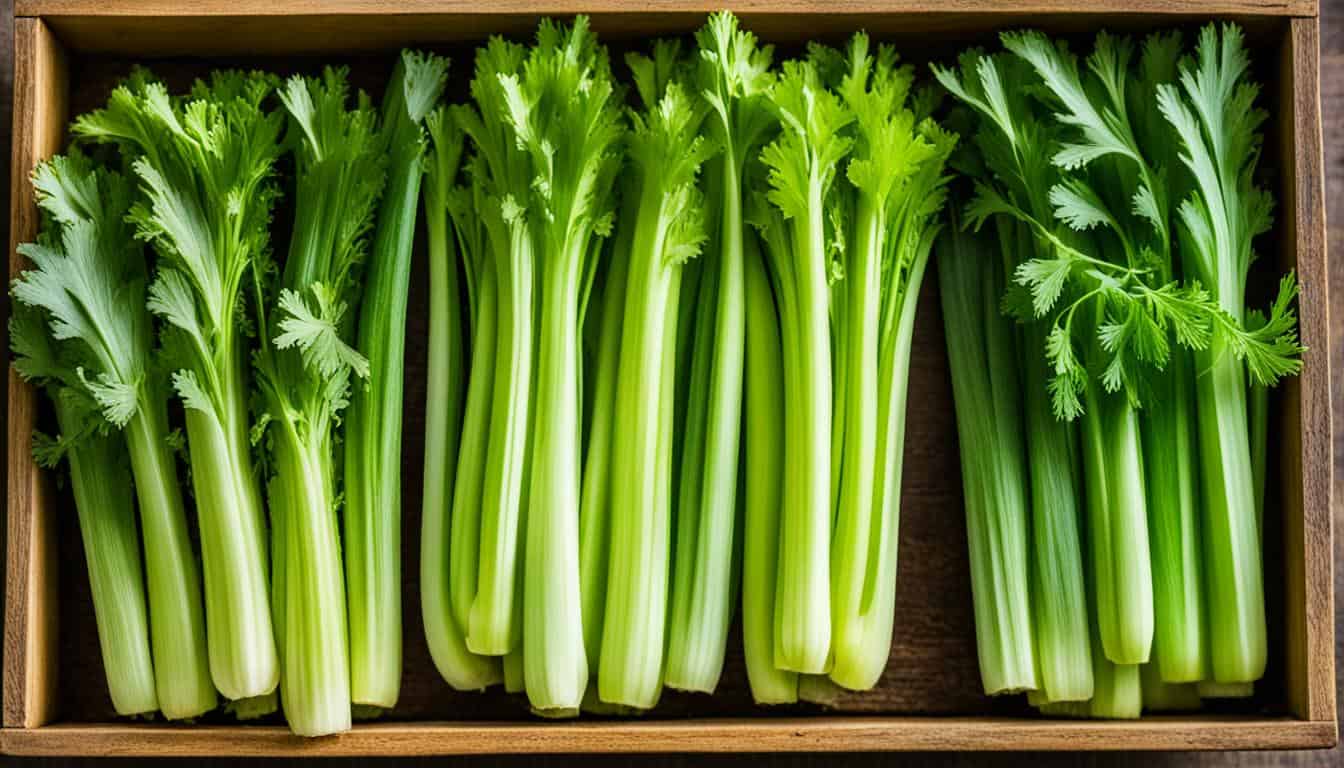
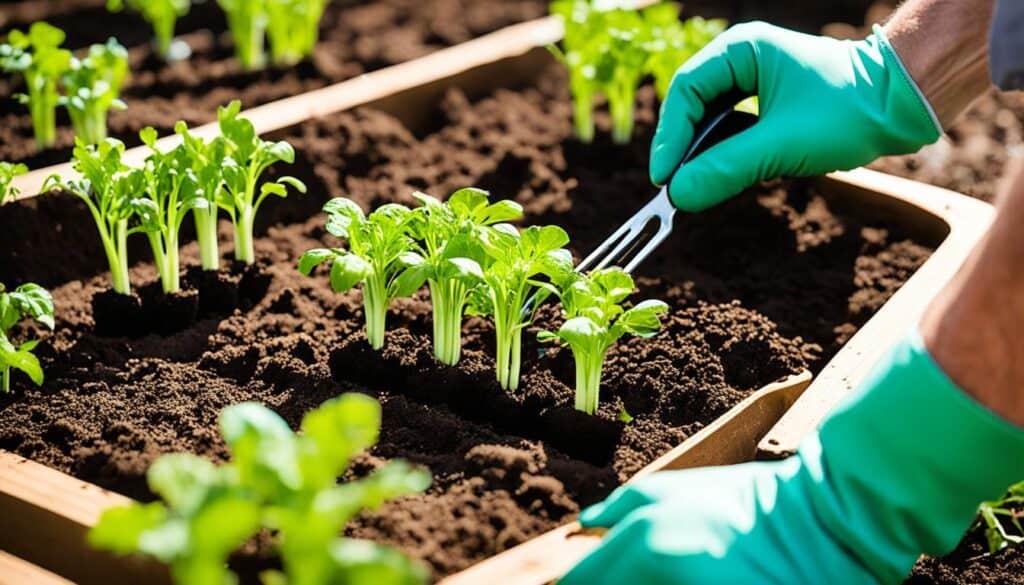
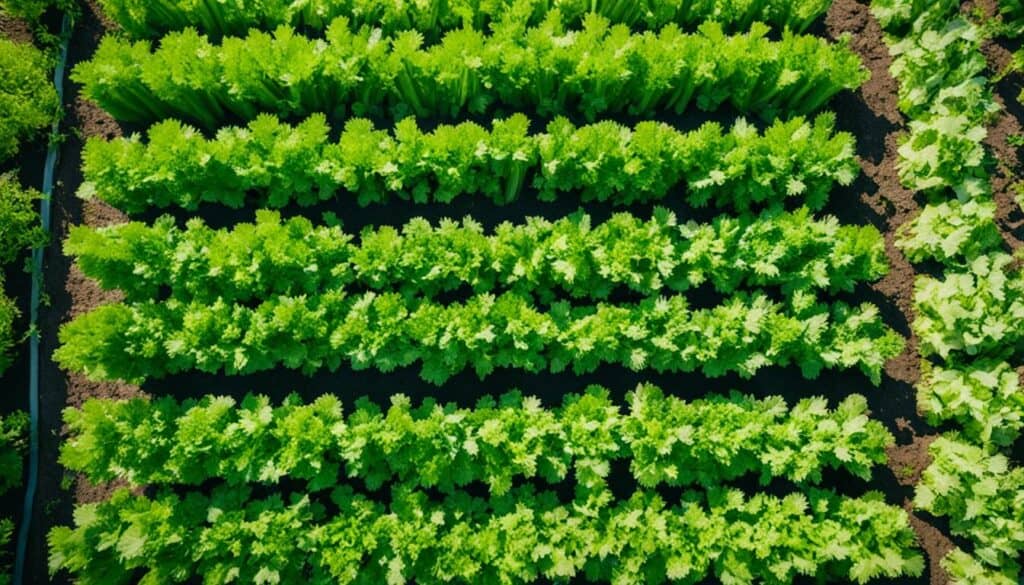
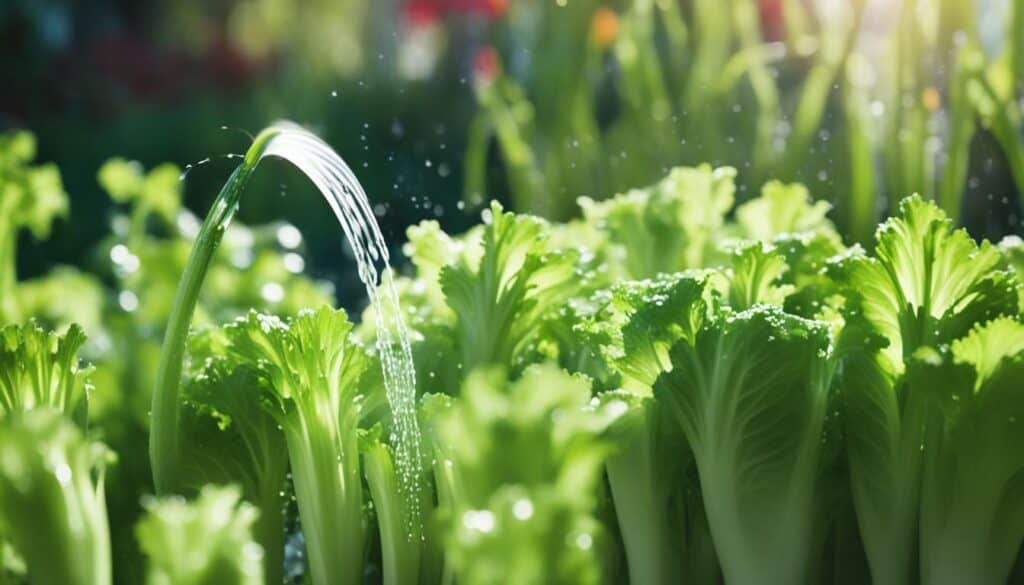
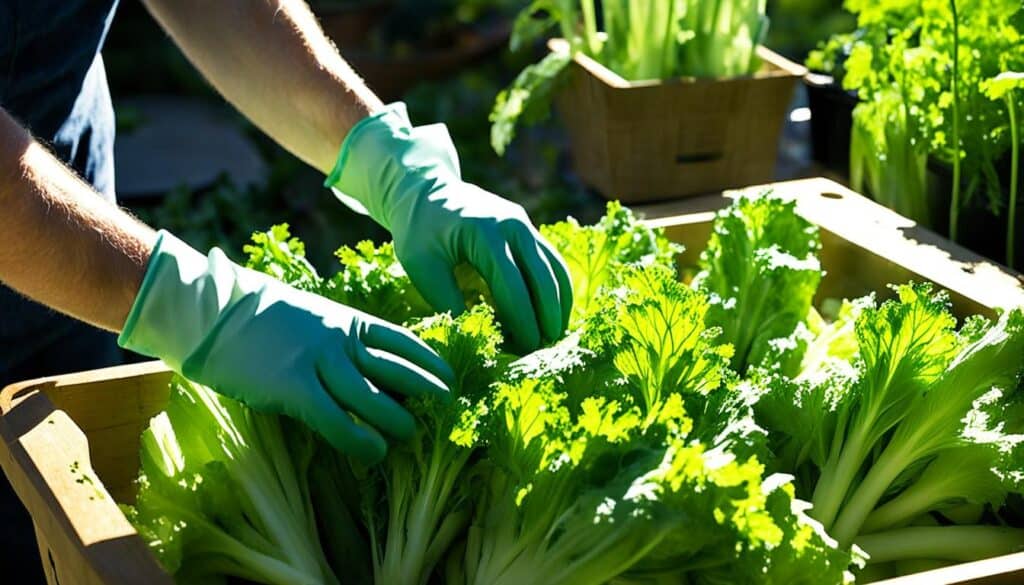
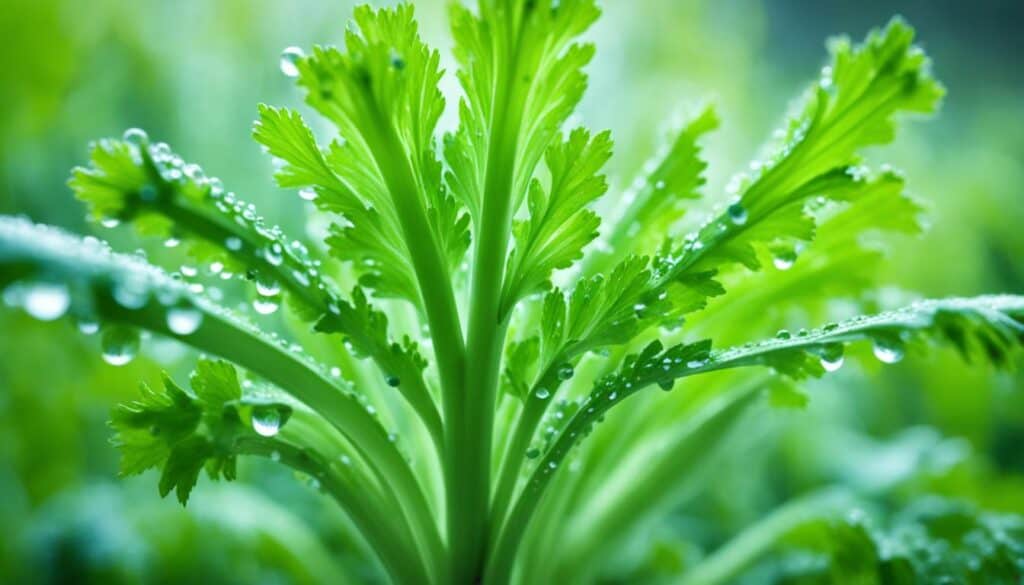

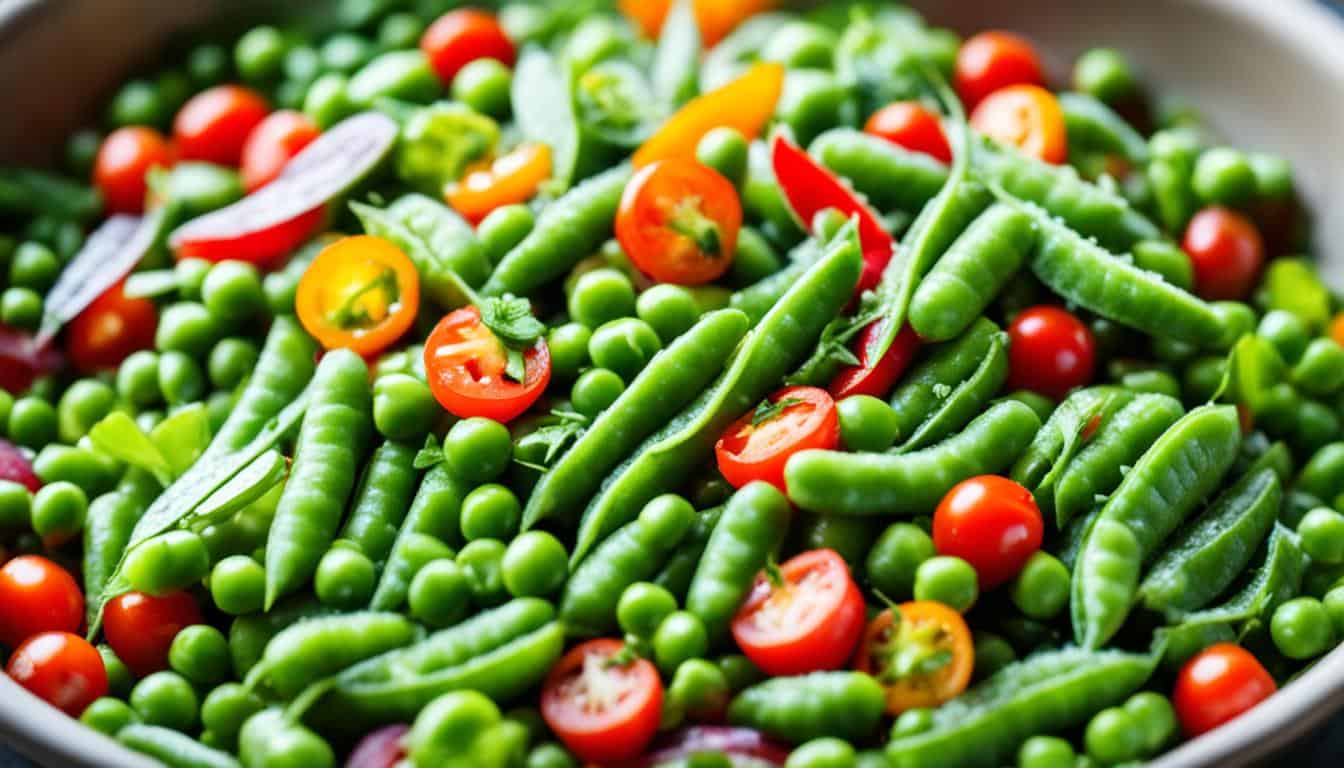
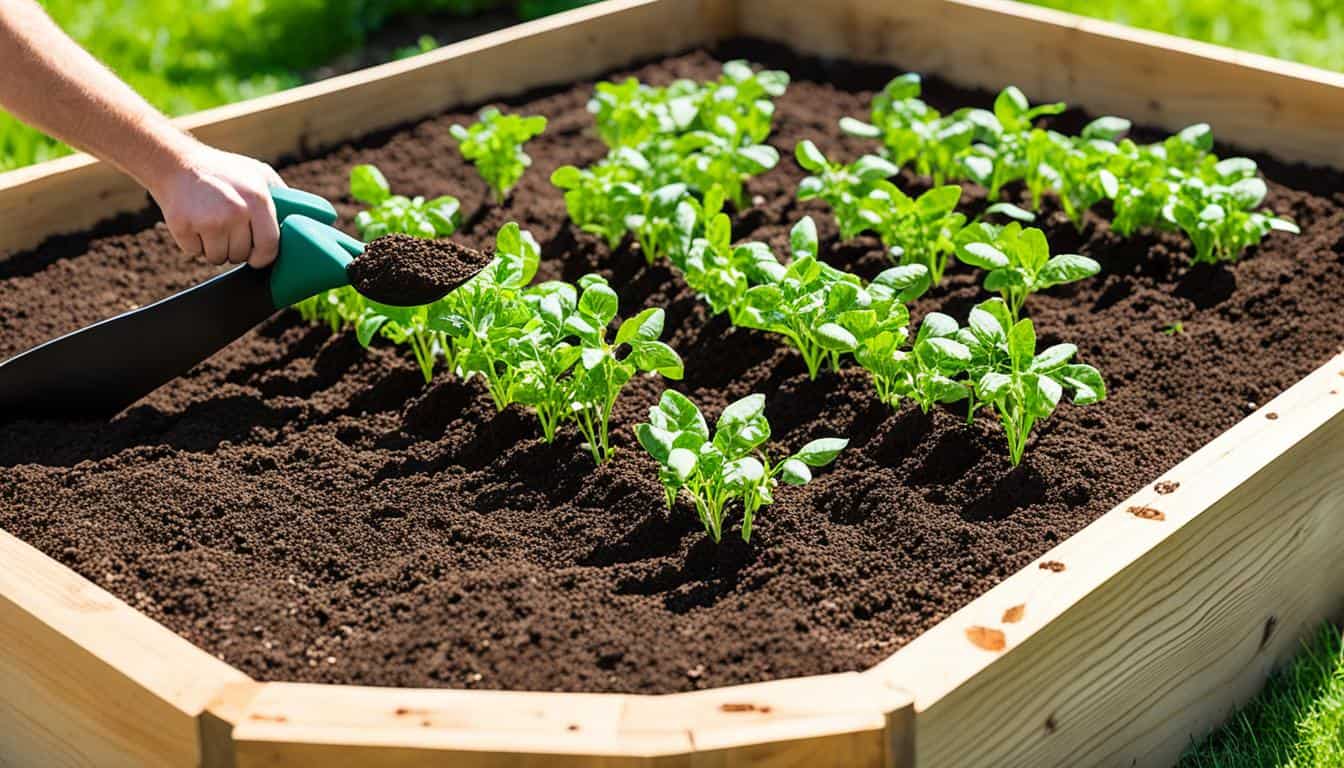
Leave a Reply